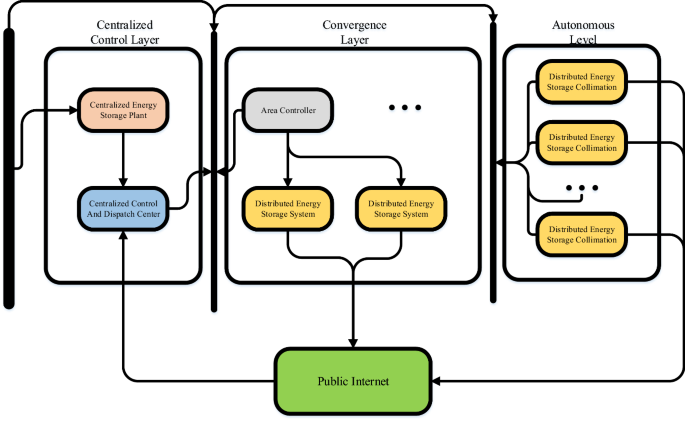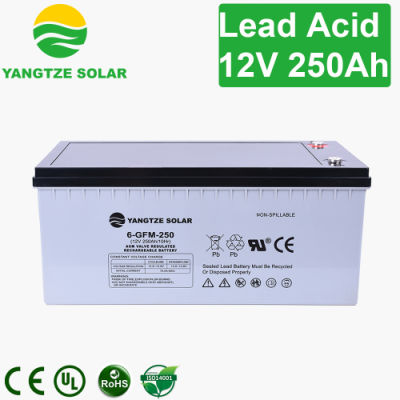
Benefits of a Centralized Energy Storage System
Energy storage is a valuable resource for consumers to reduce electricity bills through arbitrage. However, aggregating storage in the electricity system can also reduce system costs through reduced peak electricity prices.
We compare the impact of centralized and distributed coordination of EES on annual electricity costs for typical consumers. Centralized coordination generally induces higher savings than distributed coordination.
Demand?Side Management
We work with our clients to design, implement and monitor energy efficiency and demand response (DR) programs that encourage consumers to amend their electricity consumption patterns, both in terms of timing and level. This can save them significant sums on their utility bills and reduce CO2 emissions, thereby helping the environment.
Energy storage is a technology that allows you to store energy so it can be used at a later time. This can be used to lower your peak energy consumption, which in turn reduces capacity charges and overall power costs. It can also be used to store renewable energy, which helps mitigate the variability of wind and solar generation and lowers your dependence on fossil fuels.
Centralized coordination schemes Centralized Energy Storage System improve the value of consumer-owned energy storage resources by improving their balancing capabilities in the electricity system. This results in lower wholesale electricity prices, benefiting all consumers including those without any investment on distributed technologies.
However, the ability to provide flexibility services depends on the willingness of private consumers to allow aggregators to dispatch their storage devices to maximize their own electricity bill savings, even if this compromises the system benefits they could offer through aggregation. This is important to take into account when designing incentives for energy storage aggregation.
Intermittency?Management
For residential consumers/prosumers with limited capacity for storage, centralized coordination offers the opportunity to benefit from the aggregation of energy storage capacity and still contribute to the grid stability. However, it must be emphasized that the maximum level of penetration of renewables in such a system will depend on local factors and the capacity of existing generation.
Intermittency is mainly caused by weather conditions and the non-dispatchability of renewable energy sources such as wind and solar. Consequently, wind turbine operators need to discard electricity from their machines when the power demand is too Centralized Energy Storage System low (constraint payments) and the bill for this discard energy is footed by consumers of electricity.
The centralized coordination of storage can substantially reduce these costs by offering additional flexibility. A cost comparison of Gone Green and Slow Progression shows that savings increase with the level of variable renewables and are inversely proportional to the level of flexible supply capacity.
Voltage?Supply?Management
A centralized system of energy storage can provide a variety of benefits for the electricity system by reducing the peak demand for costly generation and providing backup power. It can also improve the balancing of load and flexibility resources, and decrease wholesale electricity prices through arbitrage due to its ability to minimize the differential between on- and off-peak electricity prices. It is important to communicate the impact of these benefits to consumers so that they can make informed decisions about whether or not investing in EES makes economic sense for them.
Private savings from electricity storage are dependent on the amount of EES that can be aggregated into the electricity system, as illustrated in Fig. 6. Savings increase with the level of aggregated storage capacity, and a quasi-exponential fall is observed when the storage capacity is not aggregated. This is because centralized coordination allows the system operator to utilize the flexibility of stored energy to reduce electricity system costs.
A centralized energy storage system (CESS) is a new power system architecture in which prosumers/consumers do not install their own energy storage at their residences or buildings, but rather subscribe to the service provided by the community energy storage operator. The CESS is managed by a central entity and operates based on the requirements of individual users and the local electricity market.



